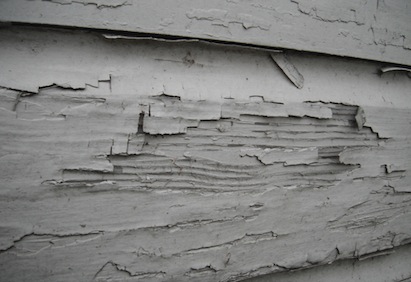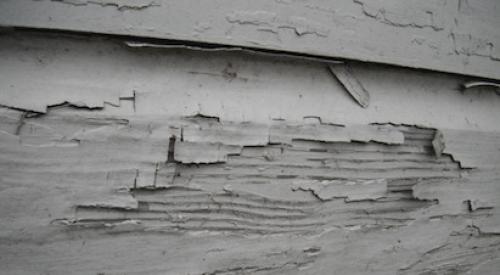The EPA’s LRRP lead paint rules put us, as an industry, in an awkward place.
We have a rule that is, by all accounts, increasing the cost of doing business; driving work toward unlicensed, fly-by-night contractors; and is being infrequently enforced.
It’s also a rule we can all agree stems from a noble goal: protecting children from the quite-real dangers of lead-based paint in older homes during remodeling.
Unfortunately, right now that’s not happening. Ever since the rules took effect last year, I’ve been hearing from remodelers across the country about the negative impact on their business. Stories of jobs lost to the cheaper unlicensed contractor or to homeowners opting to do the work themselves are all too common.
NARI recently surveyed its members and found that 77 percent of them have had homeowner clients say they would opt to do their own remodeling or hire someone else in order to avoid the extra costs of complying with the new regulations. In the same survey, only 39 percent of NARI remodelers said their clients are familiar with the EPA’s LRRP rules — and that included, in many cases, homeowners who were only familiar with the regulations because the remodeler had educated them.
The reality is, right now, the rule is doing more to harm children than it is to protect them. Even before the rules were in place, the best remodelers were taking steps to control dust and other contaminants. Now, homeowners aren’t getting even that basic protection.
Government enforcement is exactly what’s needed here. This may be hard to swallow for an industry that strongly believes the famous Ronald Reagan quote: “The nine most terrifying words in the English language are, ‘I’m from the government and I’m here to help.’”
The rule is not going away, whatever you may wish — not with many cash-starved states taking over administration and finding a way to make money off of it.
The best we can hope for is a level playing field, and that means rigid enforcement and a serious consumer education campaign by the government. So far, the EPA has been pathetically inadequate at both of these.
That said, there’s still the open issues of the removal of the opt-out provision, and the proposed requirement of post-project clearance testing. Those are two additions to the rules, in response to pressure from the Sierra Club and other groups, that could still be blocked.
NAHB and NARI have both taken active roles in lobbying the federal government to address these issues, but need help. At a certain point, they’re seen as just two more special interest groups. Every voice helps, so reach out to your congressmen and senators to let them know the impact this is having on your business.
-- Jonathan Sweet, Editor in Chief
Contact me at jsweet@sgcmail.com or 847.954.7940 or follow me on Twitter: @SweetEdit.








